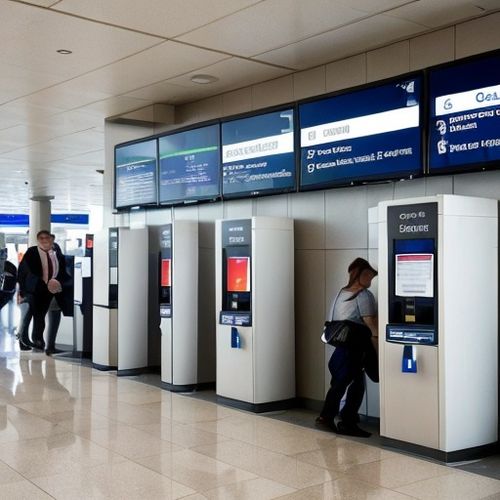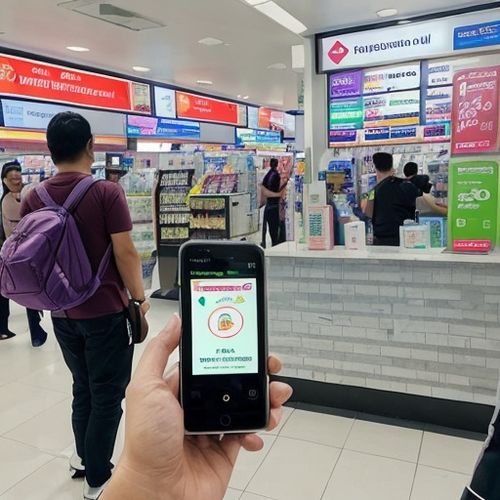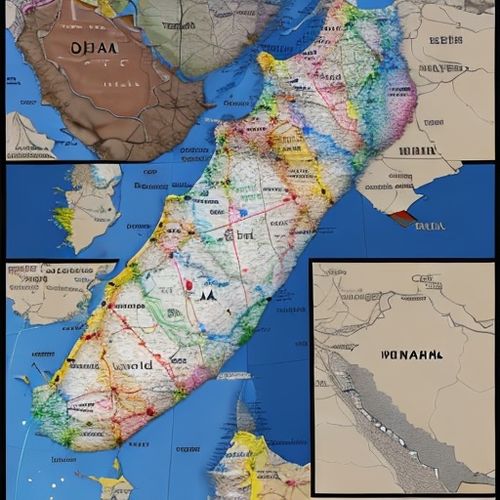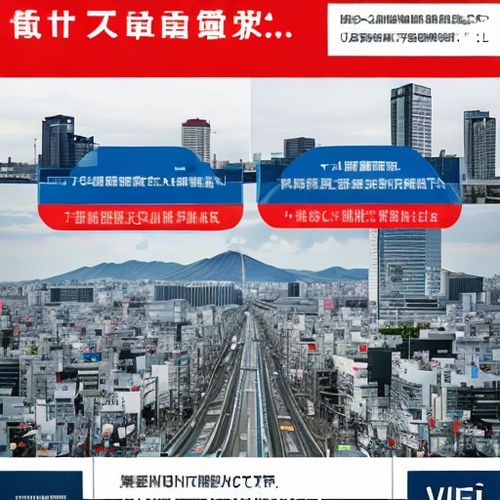The rapid expansion of 5G networks across the globe has positioned South Korea as a frontrunner in the race for next-generation connectivity. With its cutting-edge infrastructure and widespread adoption, the country has become a benchmark for other nations looking to implement 5G technology. One critical aspect of this technological evolution is the seamless integration of 5G roaming services, allowing travelers to stay connected without compromising speed or reliability. As South Korea continues to refine its 5G capabilities, understanding the intricacies of its roaming setup becomes essential for both consumers and industry stakeholders.
South Korea's 5G Roaming Landscape
South Korea launched its 5G networks in April 2019, making it one of the first countries to roll out commercial 5G services. Since then, the nation has aggressively expanded its coverage, ensuring that even rural areas benefit from high-speed connectivity. For international visitors, this means access to blazing-fast internet speeds, low latency, and enhanced mobile experiences. Major telecom providers like SK Telecom, KT, and LG U+ have been at the forefront of this initiative, offering competitive roaming packages tailored to both short-term tourists and long-term business travelers.
The country's 5G roaming services are designed to be user-friendly, with automatic network switching capabilities that minimize disruptions. When a foreign visitor arrives in South Korea, their device typically connects to a local 5G network without requiring manual configuration. This seamless transition is made possible through partnerships between Korean carriers and international telecom operators, ensuring compatibility across different regions and devices.
Challenges and Solutions in 5G Roaming
Despite the advancements, 5G roaming in South Korea is not without its challenges. One of the primary hurdles is the disparity in 5G frequency bands used across different countries. South Korea primarily utilizes the 3.5 GHz and 28 GHz bands, which may not align with the bands supported by devices from other regions. This mismatch can result in some travelers being unable to access 5G networks, forcing them to rely on slower 4G LTE connections instead.
To address this issue, South Korean telecom companies have been working closely with global partners to standardize frequency bands and improve device compatibility. Additionally, they have invested in multi-band 5G infrastructure, enabling a broader range of devices to connect seamlessly. For consumers, this means checking device specifications before traveling to ensure optimal connectivity. Many carriers now provide online tools to verify 5G compatibility, helping travelers avoid potential connectivity issues.
The Future of 5G Roaming in South Korea
Looking ahead, South Korea aims to further enhance its 5G roaming services by integrating advanced technologies like network slicing and standalone (SA) 5G architectures. Network slicing allows operators to create virtualized segments of the network, each tailored to specific use cases such as gaming, video streaming, or enterprise applications. This innovation could revolutionize roaming experiences by offering customized connectivity solutions based on individual needs.
Moreover, the transition to standalone 5G networks—which do not rely on existing 4G infrastructure—promises even lower latency and higher reliability. As South Korea moves toward full SA 5G deployment, international visitors can expect faster and more stable connections, further solidifying the country's reputation as a 5G leader. The government has also expressed interest in expanding 5G roaming agreements with more countries, fostering global collaboration in the telecom sector.
Consumer Considerations for 5G Roaming
For travelers planning to use 5G roaming services in South Korea, several factors should be taken into account. First and foremost, verifying device compatibility with local networks is crucial. Most modern smartphones support a range of 5G bands, but it's always wise to double-check with the device manufacturer or carrier. Additionally, understanding the cost structure of roaming plans is essential to avoid unexpected charges. South Korean carriers offer various prepaid and postpaid options, some of which include unlimited data for a fixed daily rate.
Another consideration is the coverage area. While South Korea boasts extensive 5G coverage, some remote locations may still rely on 4G or even 3G networks. Travelers visiting less urbanized regions should prepare for potential variations in speed and connectivity. Lastly, keeping an eye on emerging technologies and updates from telecom providers can help consumers make informed decisions and maximize their 5G roaming experience.
In conclusion, South Korea's 5G roaming ecosystem represents a blend of innovation, collaboration, and consumer-centric solutions. As the country continues to push the boundaries of what 5G can achieve, international visitors stand to benefit from unparalleled connectivity and cutting-edge mobile experiences. With ongoing advancements and a commitment to global partnerships, South Korea is poised to remain at the forefront of the 5G revolution, setting a high standard for roaming services worldwide.

By Grace Cox/Apr 14, 2025

By Emma Thompson/Apr 14, 2025

By Daniel Scott/Apr 14, 2025

By Rebecca Stewart/Apr 14, 2025

By Emily Johnson/Apr 14, 2025

By Megan Clark/Apr 14, 2025

By Emma Thompson/Apr 14, 2025

By Grace Cox/Apr 14, 2025

By Christopher Harris/Apr 14, 2025

By Joshua Howard/Apr 14, 2025

By Noah Bell/Apr 14, 2025

By Grace Cox/Apr 14, 2025

By Joshua Howard/Apr 14, 2025

By Victoria Gonzalez/Apr 14, 2025

By Grace Cox/Apr 14, 2025

By Christopher Harris/Apr 14, 2025

By Lily Simpson/Apr 14, 2025

By Laura Wilson/Apr 14, 2025

By Michael Brown/Apr 14, 2025

By Noah Bell/Apr 14, 2025